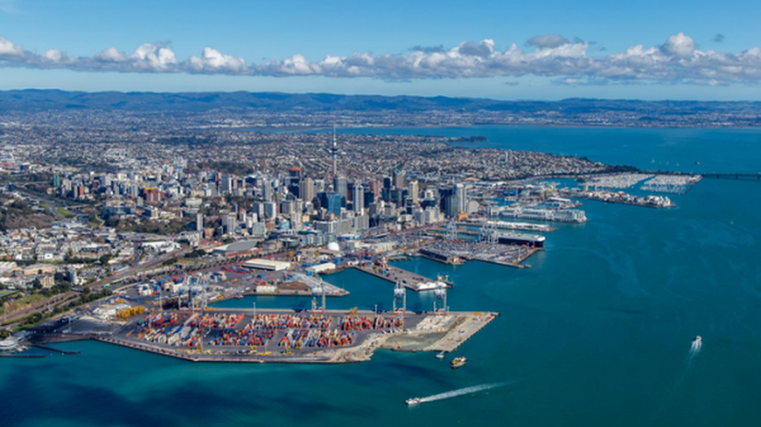Decision on port move deferred

A major report has been released touting Manukau Harbour as the preferred option for relocating the Port of Auckland – and not Northland.
Independent research on options for shifting the port’s freight operations was published today, but any decision on the issue has been deferred to future government.
The report has been welcomed by Tony Gibson, Port of Auckland’s chief executive officer.
He says: “As an island nation, New Zealand relies almost entirely on ports to meet our trade needs. Decisions on where ports are located are very important for our future well-being as a nation, and this is especially so for the location of the port which serves our largest city.
“We are heartened to find this report has drawn on the knowledge of a wide range of people with deep expertise in port planning, transport and the supply chain. This is as it should be.”
“The conclusions of the report are no surprise to us. They are in-line with the conclusions of all but one of the many reports on this topic that have been commissioned over the past decade. We are also pleased to see any future decision will be informed by robust policy analysis.”
“Ultimately, a decision of this magnitude is one for our owner, Auckland Council, and future governments. We look forward to supporting this work as and when needed.”
Phil Twyford, Minister of Transport, and Associate Transport Minister Shane Jones, say a decision on the way ahead has been deferred because “that needs to be informed by policy analysis and that is still to be completed. As a result, it will be up to a future government to determine a preferred location”.
Twyford says the issue has significant fiscal, economic, social and environmental implications. “Because officials have been focused on Covid-19 response and recovery work, they have not yet been able to provide advice on Sapere’s assessment of the benefits, costs, risks and uncertainties associated with the options.”
The new report by economic consultancy Sapere was commissioned by officials to inform that policy work. It considers five relocation options – Northport, Manukau, the Firth of Thames, Port of Tauranga, and a shared increase in capacity at both Northport and the Port of Tauranga.
Its key findings include POAL’s current downtown Auckland location has about 30 years’ capacity and there is a 10 to 15-year window for making a final decision on relocation, while engineering and consenting for all five options could be difficult.
Manukau Harbour is the highest ranked option, although consenting could be “problematic”, while the economic costs would outweigh the economic benefits for all the options, including Manukau.
The Upper North Island Supply Chain Strategy Independent Working Group previously identified Northport as the preferred option. Following the release of the working group’s report late last year the ministry, along with Treasury and the Provincial Development Unit, were tasked with further work to inform a relocation decision.
Jones said at that time cabinet noted POAL was not viable as the Upper North Island’s key import port over the long term. He says: “This new report provides valuable insights that will help inform future decisions on this complex and significant issue.”
Twyford has thanked all those who provided their views, data and expertise to inform the work to date – especially iwi, councils and port companies. “We know there is a high level of interest in this issue, as well as the wider strategic context of ensuring a secure, efficient upper North Island supply chain.”





